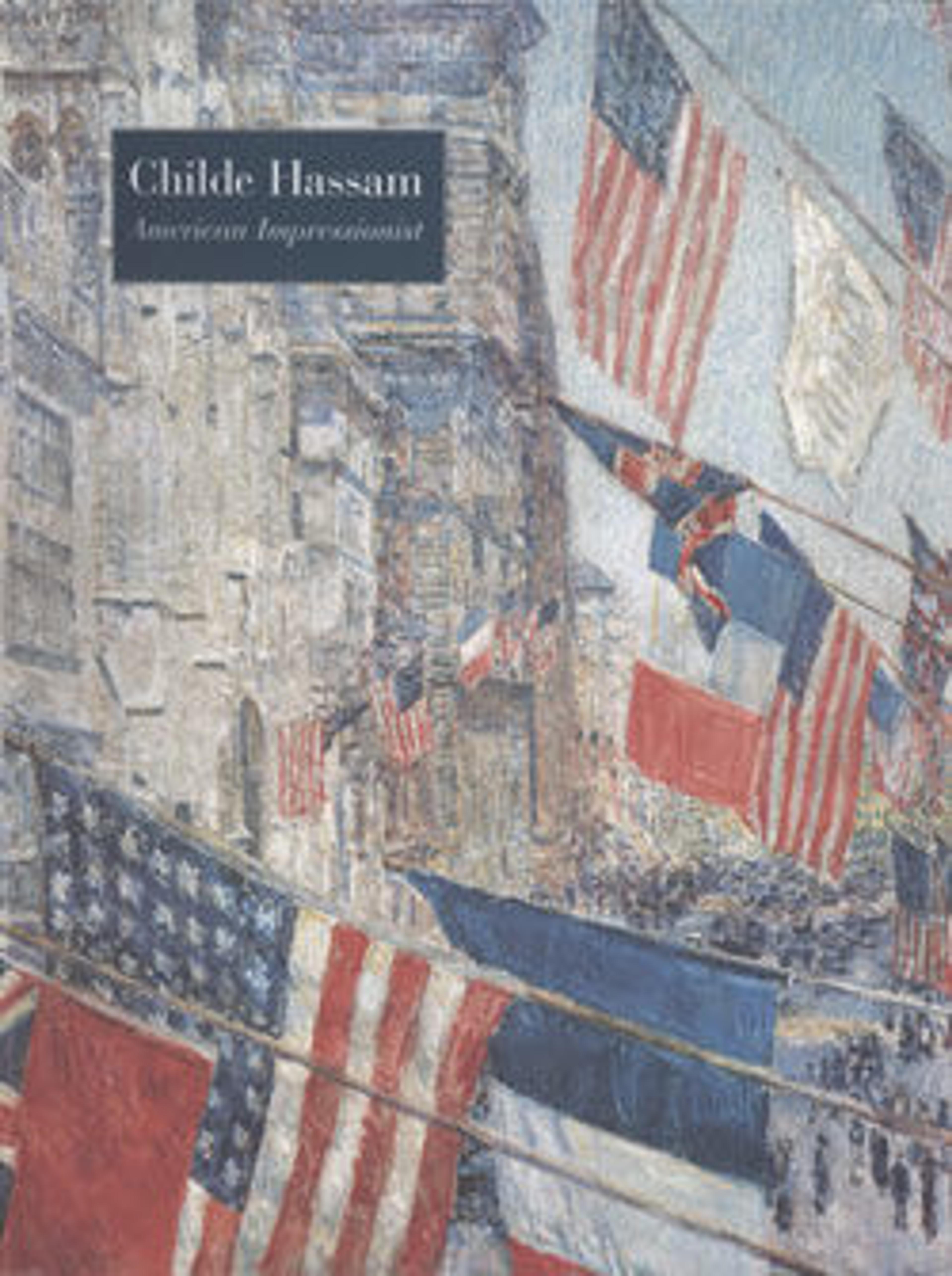Lion Gardiner House, Easthampton
The celebrated American Impressionist Childe Hassam made his first etchings in 1898 but began to seriously focus on the medium in 1915. He made this image of a nineteenth-century wooden house shortly after buying a property in East Hampton in 1919. While the print ostensibly responds to nineteenth-century architecture and ancient trees, the print's greatest impact comes from its expressive style. Working in monochrome allowed the artist Hassam to emphasize bold surface patterns and to weave effects from the leaves and branches, an expressionism also evident in Hassam's oils of the period.
Built in 1835, the Lion Gardiner house was named for an early English settler who owned extensive properties in eastern Long Island. In 1920 the house was owned by a descendant, David Gardiner. It would be severely damaged by a 1938 hurricane and replaced by a Renaissance style stone mansion.
Built in 1835, the Lion Gardiner house was named for an early English settler who owned extensive properties in eastern Long Island. In 1920 the house was owned by a descendant, David Gardiner. It would be severely damaged by a 1938 hurricane and replaced by a Renaissance style stone mansion.
Artwork Details
- Title:Lion Gardiner House, Easthampton
- Artist:Childe Hassam (American, Dorchester, Massachusetts 1859–1935 East Hampton, New York)
- Date:1920
- Medium:Etching; only state
- Dimensions:Plate: 9 13/16 x 14 1/16 in. (25 x 35.7 cm)
Sheet: 11 15/16 x 17 3/4 in. (30.4 x 45.1 cm) - Classification:Prints
- Credit Line:Gift of Mrs. Childe Hassam, 1940
- Object Number:40.30.36
- Curatorial Department: Drawings and Prints
More Artwork
Research Resources
The Met provides unparalleled resources for research and welcomes an international community of students and scholars. The Met's Open Access API is where creators and researchers can connect to the The Met collection. Open Access data and public domain images are available for unrestricted commercial and noncommercial use without permission or fee.
To request images under copyright and other restrictions, please use this Image Request form.
Feedback
We continue to research and examine historical and cultural context for objects in The Met collection. If you have comments or questions about this object record, please contact us using the form below. The Museum looks forward to receiving your comments.
